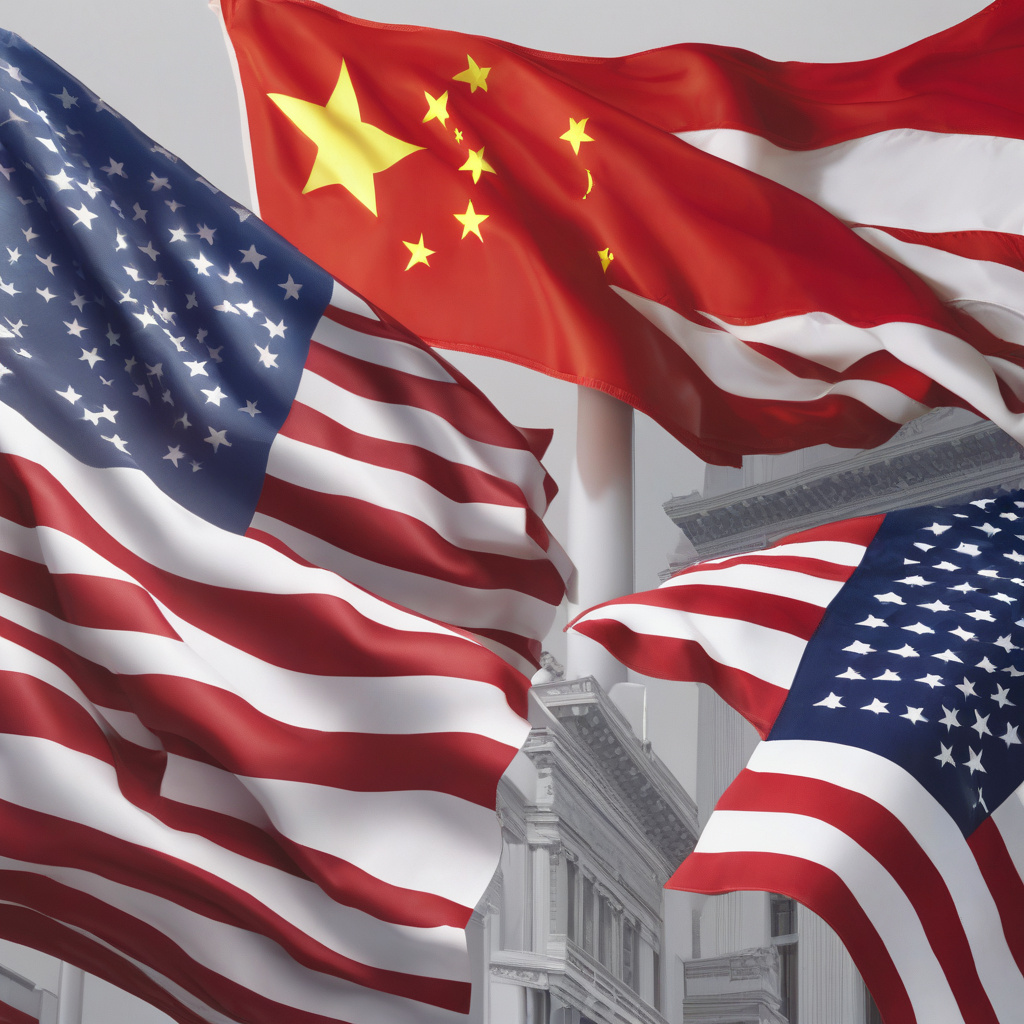Trump Pauses Most Reciprocal Tariffs, Hikes China’s Further
In a significant shift in trade policy, former President Donald Trump has announced a temporary pause on most reciprocal tariffs that have affected various countries, while simultaneously imposing a steep 125% duty on imports from China. This decision is poised to have far-reaching implications on U.S. trade relations, the global economy, and the business landscape.
Under the new policy, most countries will enjoy a 10% tariff rate for a period of 90 days, a move Trump describes as a strategic measure to recalibrate trade dynamics. This pause offers a brief respite for businesses across various sectors that rely on imports from allied nations. However, the drastic increase in tariffs on Chinese goods raises questions about the long-term objectives of U.S.-China trade relations.
The rationale behind a 125% tariff on Chinese imports is rooted in longstanding concerns over trade imbalances and intellectual property theft. The U.S. has accused China of engaging in unfair trade practices, which many believe have hurt American industries and created an uneven playing field. By increasing tariffs on Chinese goods, the Trump administration aims to level the playing field and encourage consumers to buy domestically produced products.
To understand the implications of this policy, we can look at the historical context of U.S.-China trade relations. In 2018, the U.S. initiated a trade war with China, imposing tariffs on billions of dollars worth of Chinese goods. This resulted in retaliatory tariffs from China, affecting American farmers and manufacturers. The latest move by Trump seems to signal a continuation of this trend, albeit with a more aggressive approach.
The decision to impose a 125% duty on imports from China could lead to a significant increase in prices for American consumers. Products that were previously affordable may now see substantial price hikes, making it imperative for consumers to adjust their spending habits. This could also impact businesses that rely heavily on Chinese imports, forcing them to either absorb the costs or pass them on to consumers, potentially leading to reduced sales and profit margins.
Moreover, the pause on reciprocal tariffs for other countries presents an interesting dynamic. While it may provide temporary relief for businesses trading with U.S. allies, it raises concerns about the potential for economic fragmentation. Countries that have benefited from the 10% tariff may find themselves in a competitive position against American businesses, which could lead to an influx of imports that might threaten local industries.
The 90-day window for the 10% tariff will also likely serve as a period of uncertainty for businesses and investors. Companies will need to navigate fluctuating trade policies and anticipate future changes, leading to a cautious approach in investment and expansion plans. The unpredictability of trade relations can create a challenging environment for businesses, particularly in sectors heavily dependent on international supply chains.
Additionally, the ramifications of this policy extend beyond just the economic sphere. The geopolitical implications are significant, as heightened tensions between the U.S. and China could lead to further diplomatic rifts. China has already expressed discontent over U.S. trade practices and may respond with its own set of retaliatory measures. This could escalate into a broader conflict that affects not only trade but also international relations.
As the world closely monitors these developments, it is essential for businesses to stay informed and adapt to the changing landscape. Companies should consider diversifying their supply chains to mitigate risks associated with increased tariffs on Chinese goods. Exploring alternative markets and suppliers can help ensure continuity and reduce dependence on any single country.
In conclusion, Trump’s decision to pause most reciprocal tariffs while imposing a hefty 125% duty on China marks a critical juncture in U.S. trade policy. While it may temporarily benefit certain sectors, the long-term implications on consumer prices, business strategies, and international relations are complex and multifaceted. Stakeholders must remain vigilant and proactive in navigating this evolving trade environment to safeguard their interests and ensure sustainable growth.
#TradePolicy, #USChinaRelations, #Tariffs, #BusinessStrategy, #GlobalEconomy
